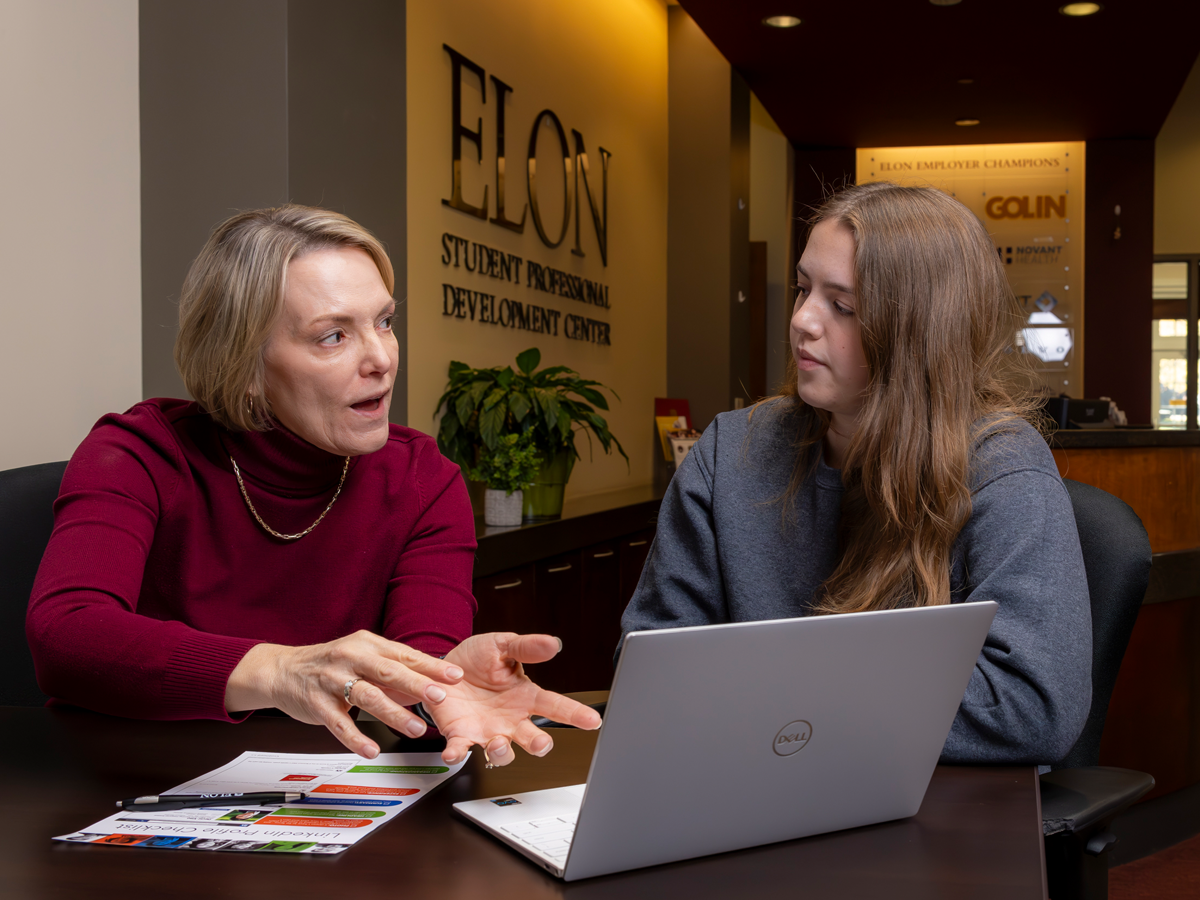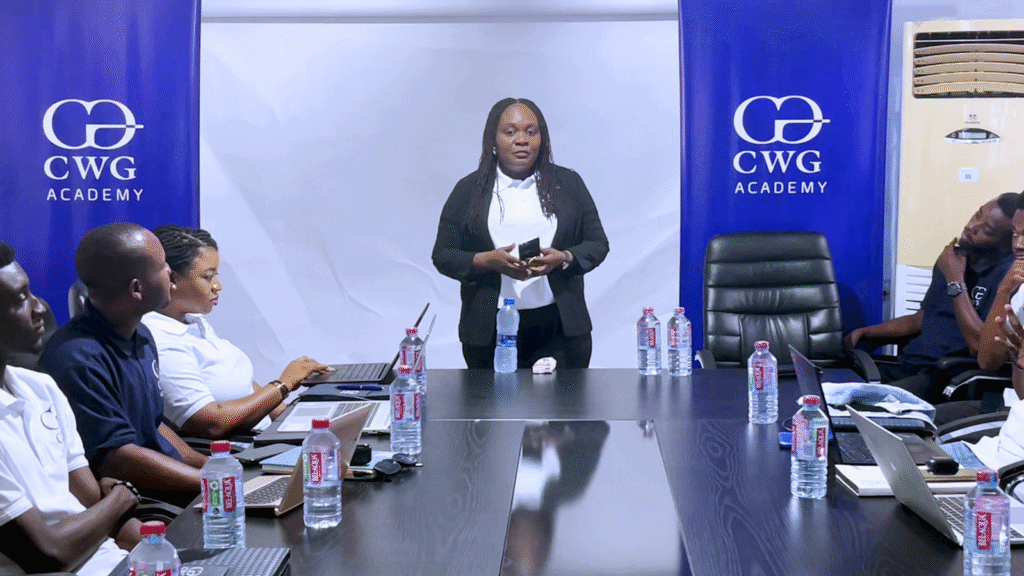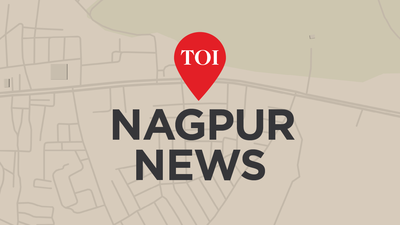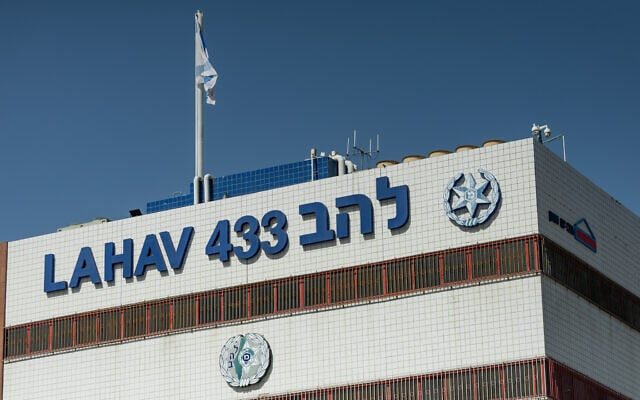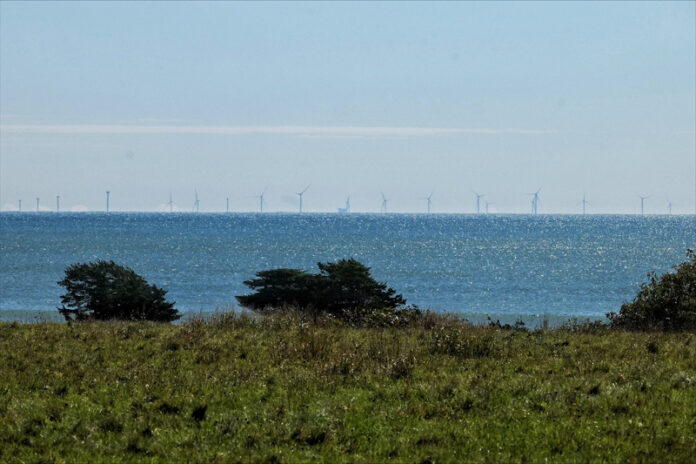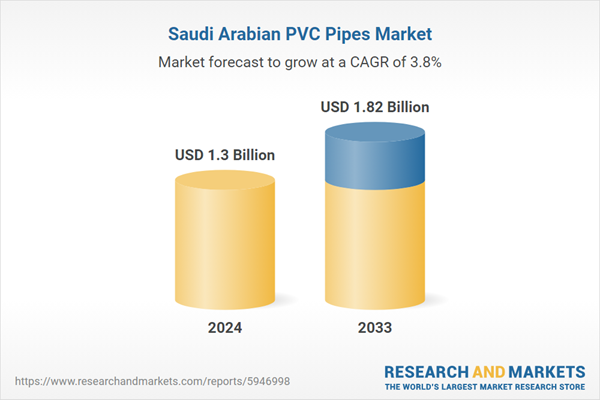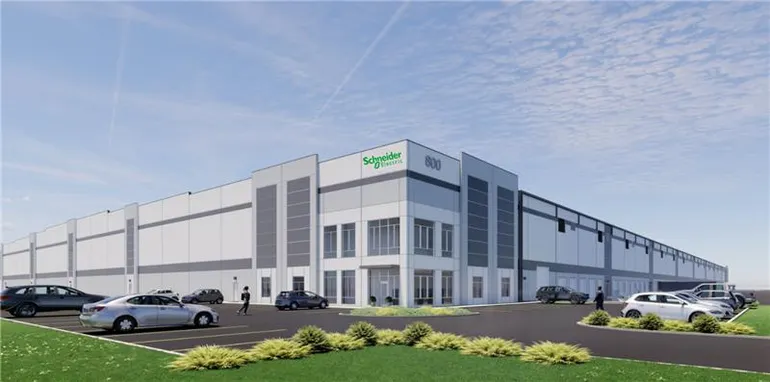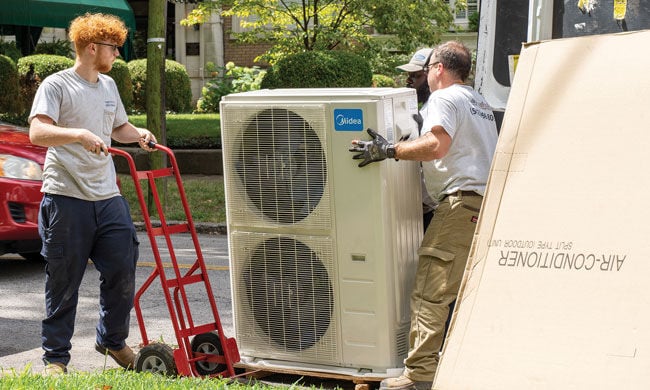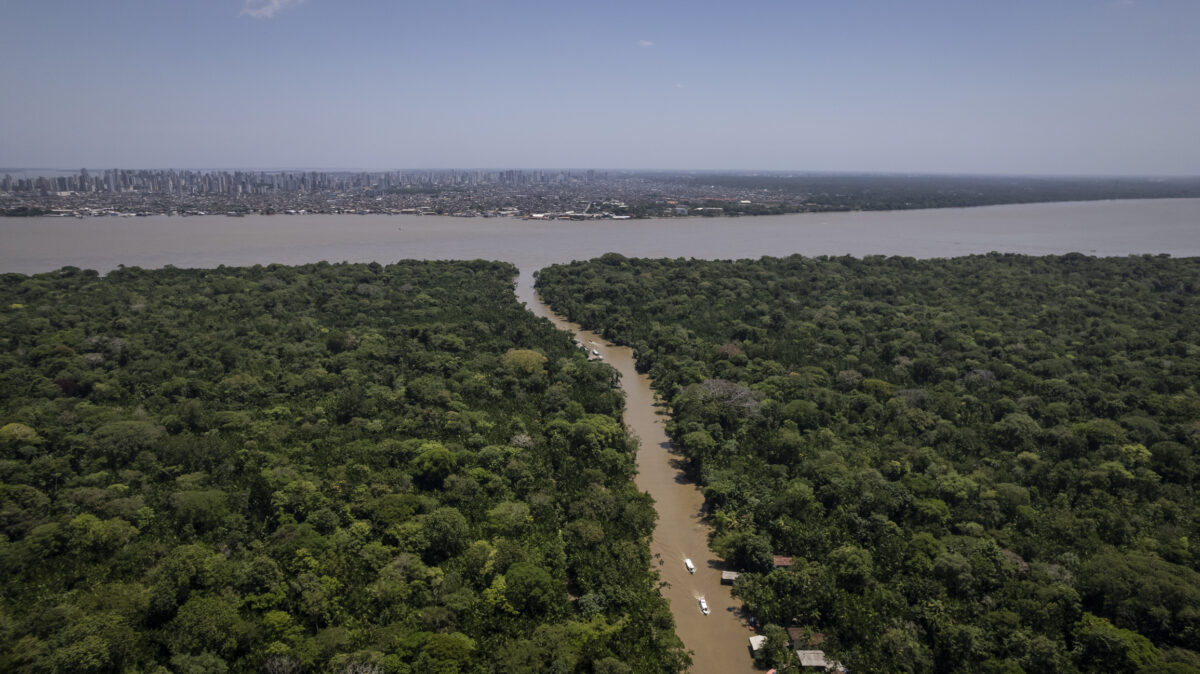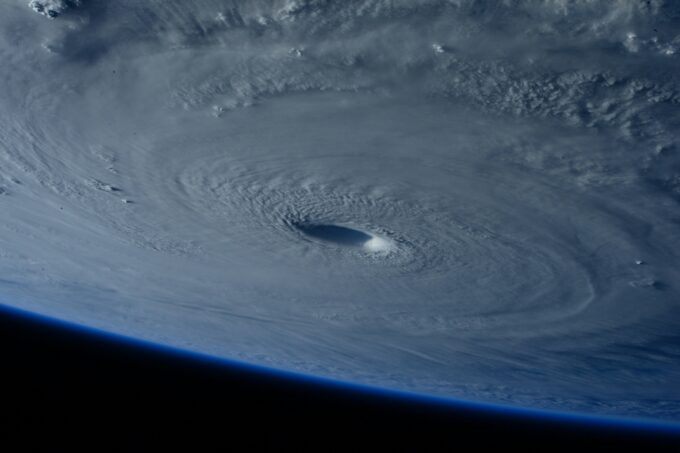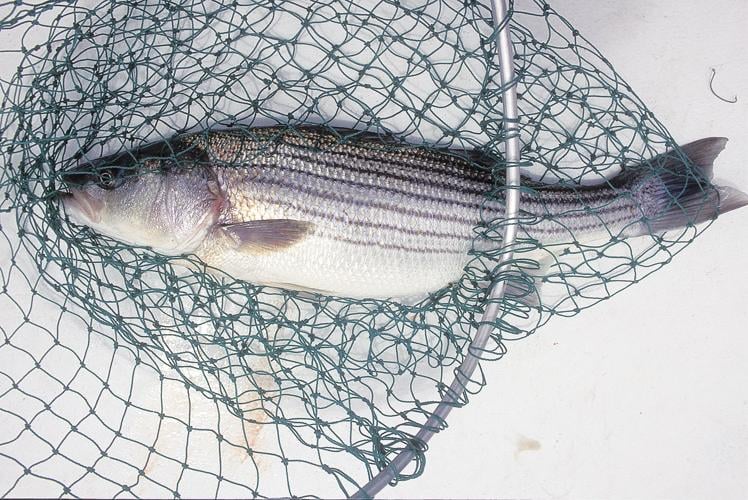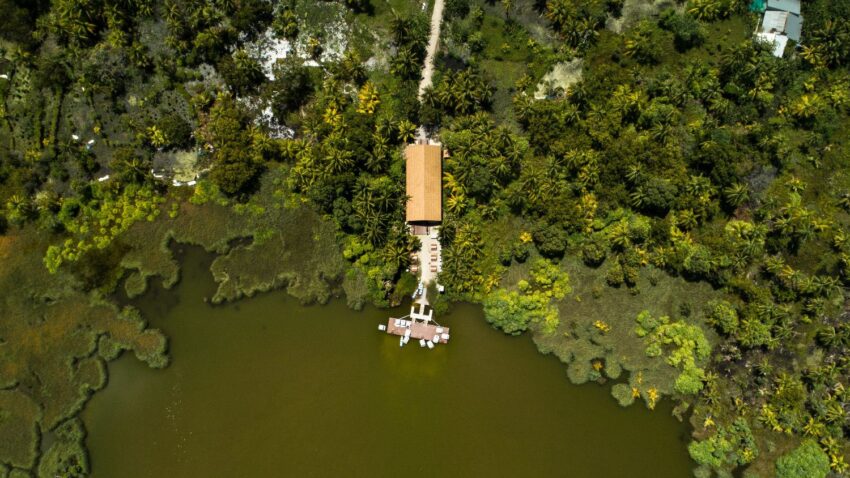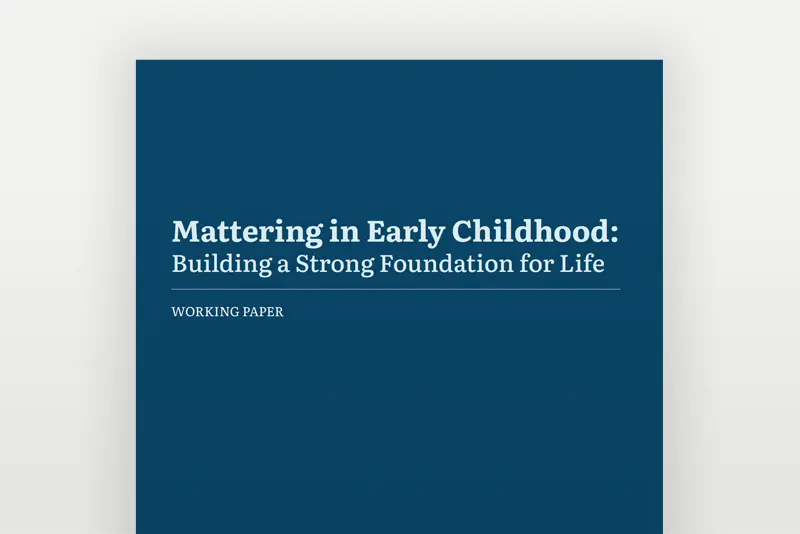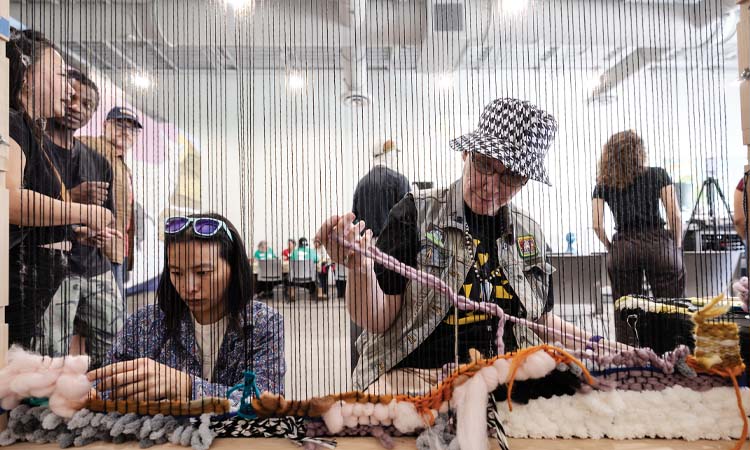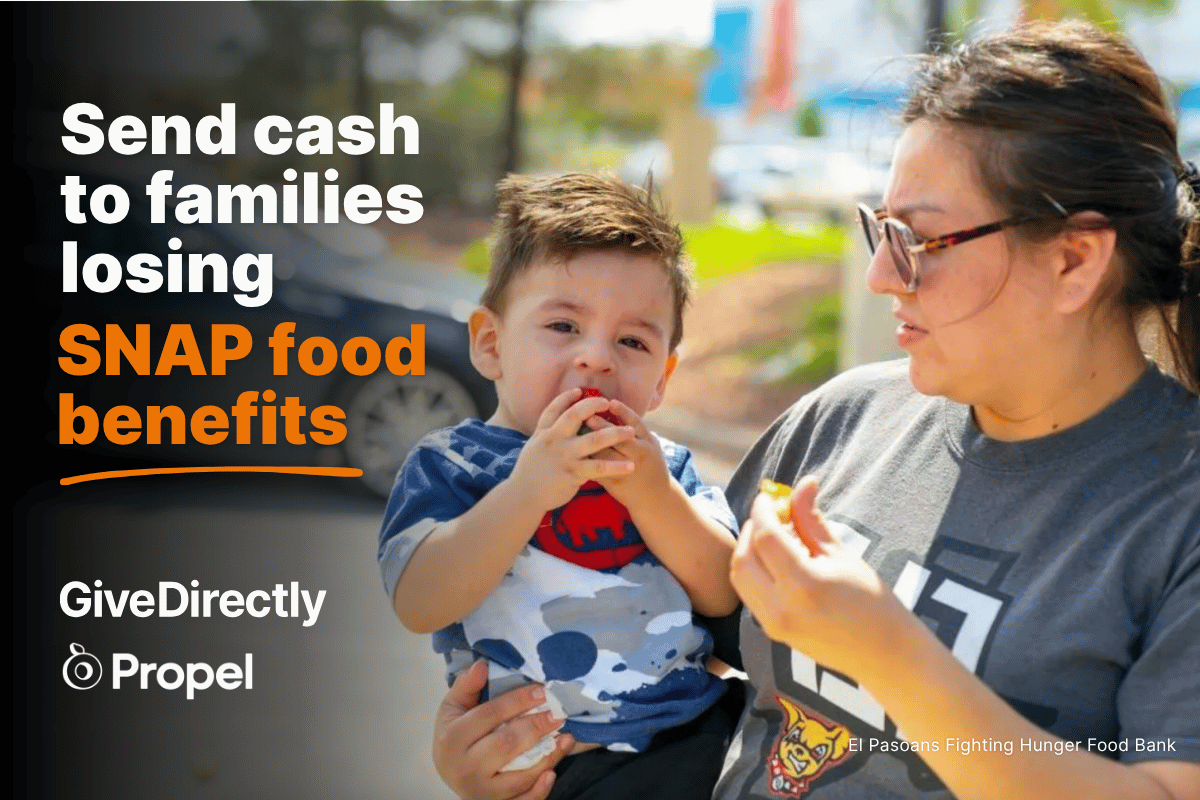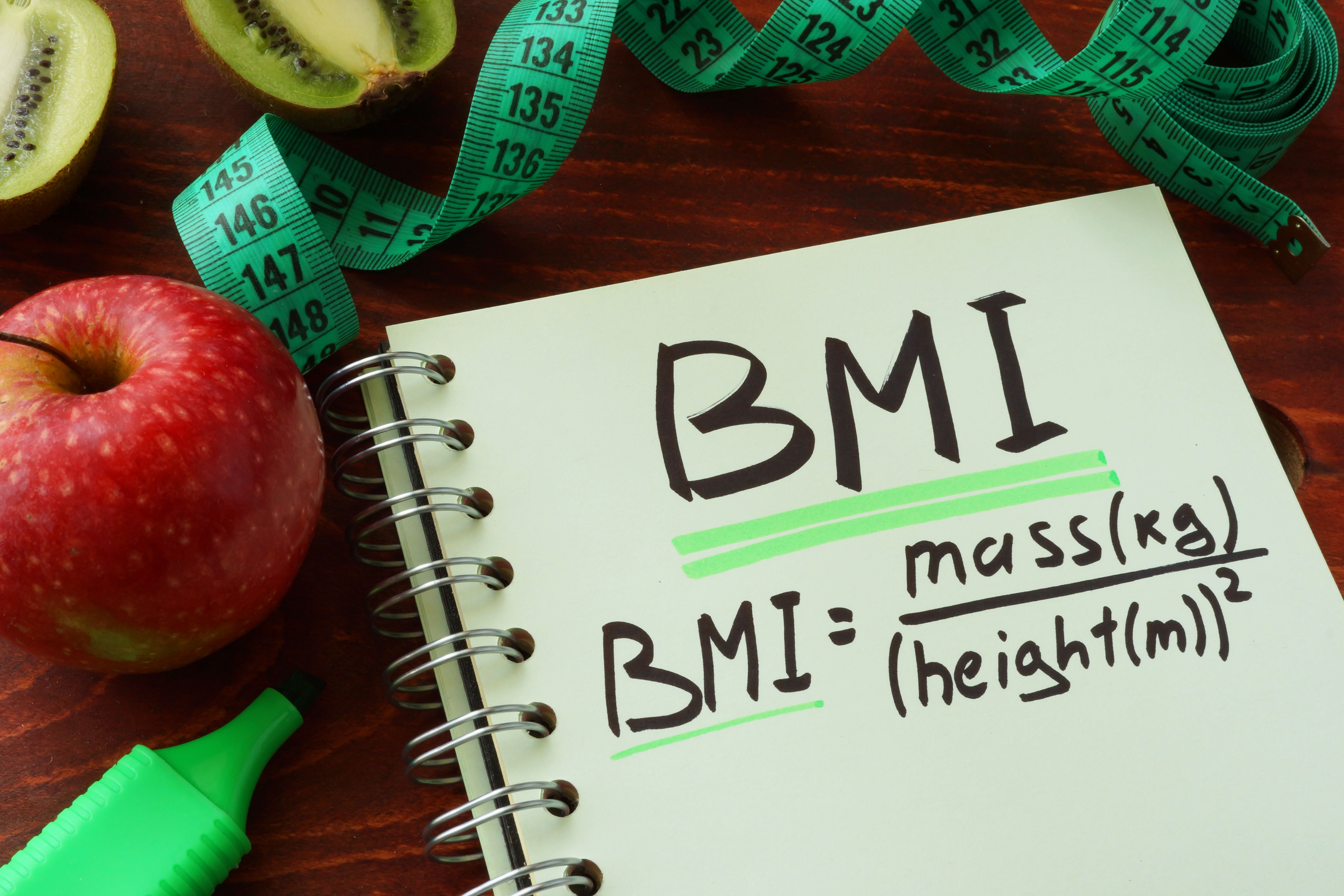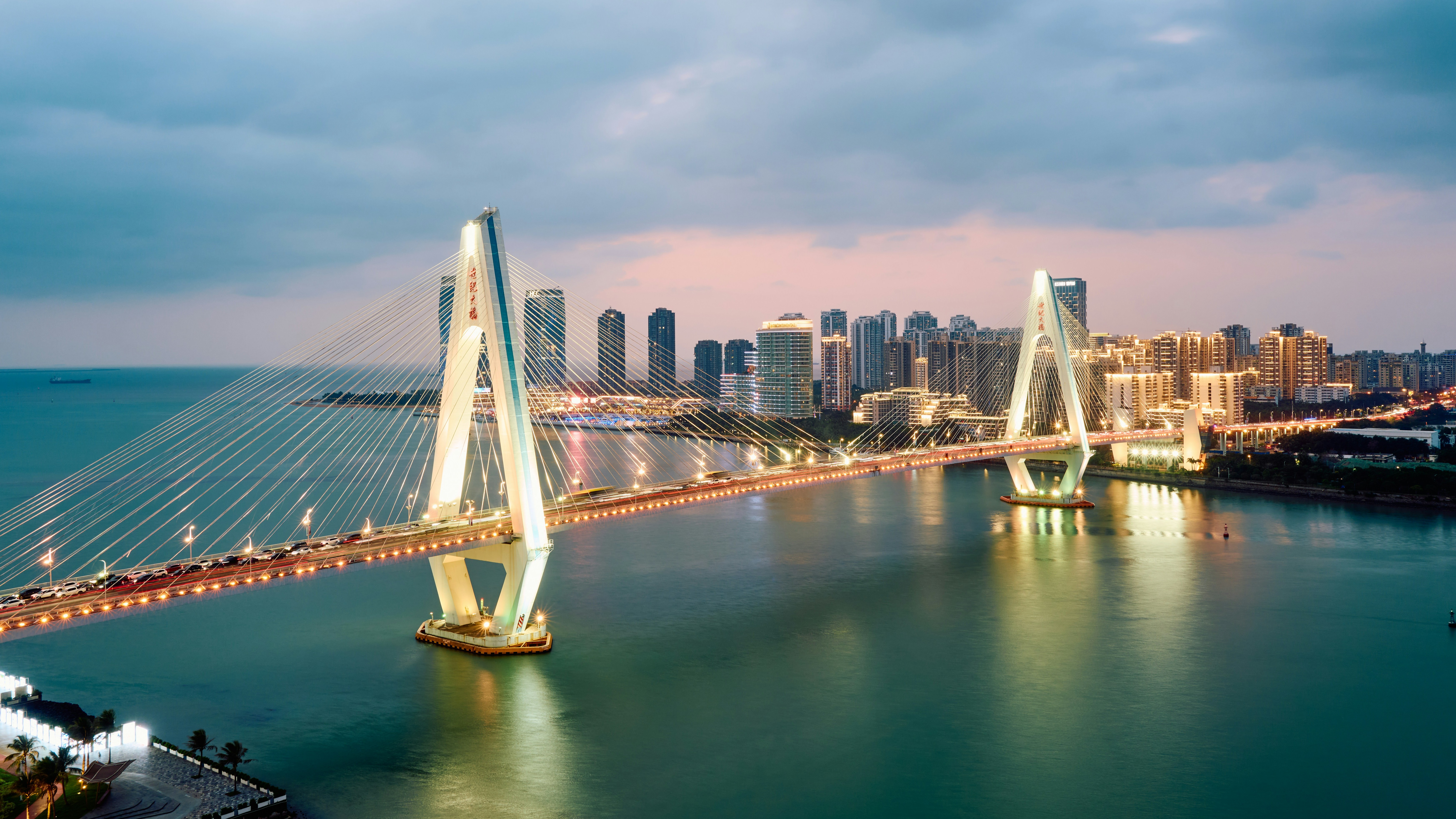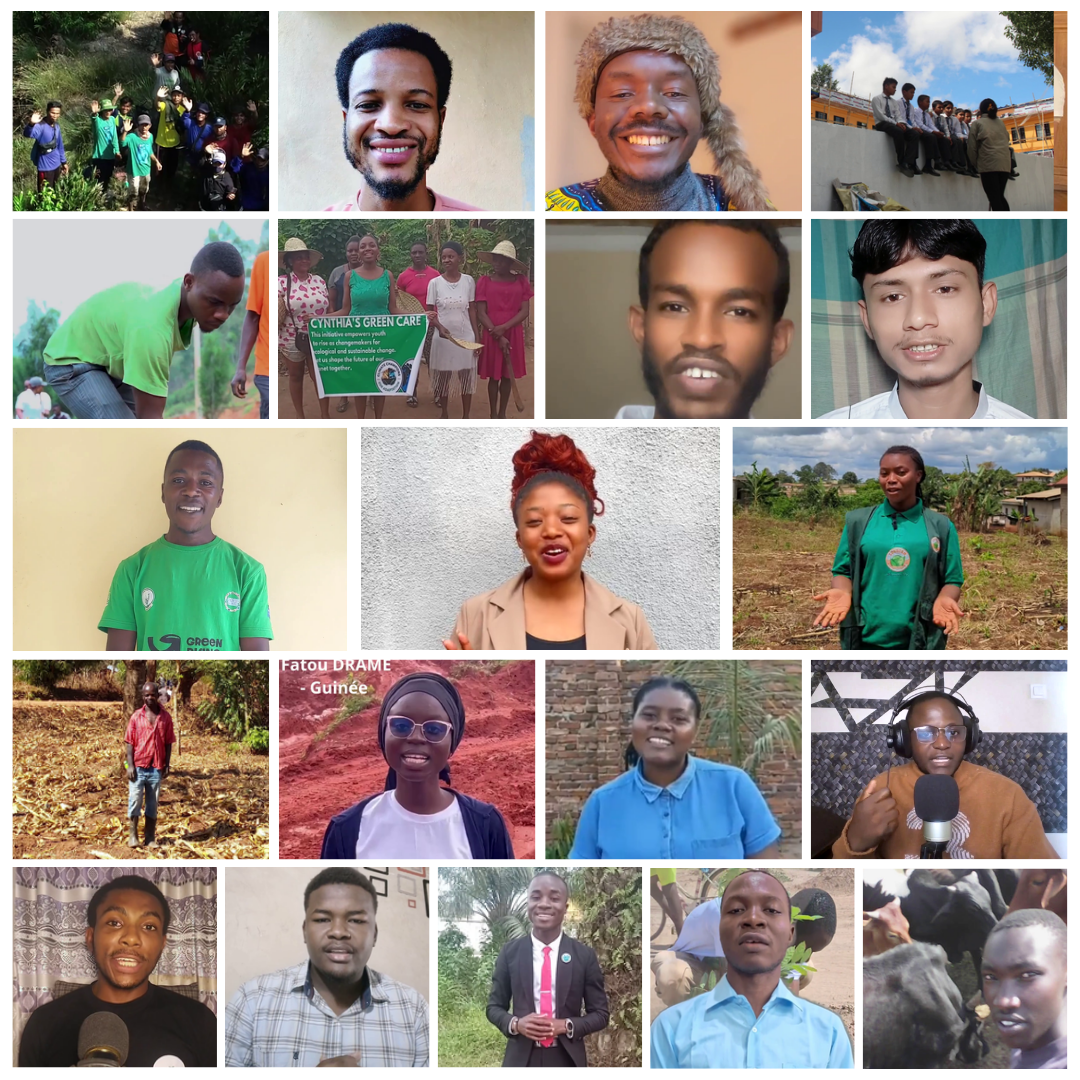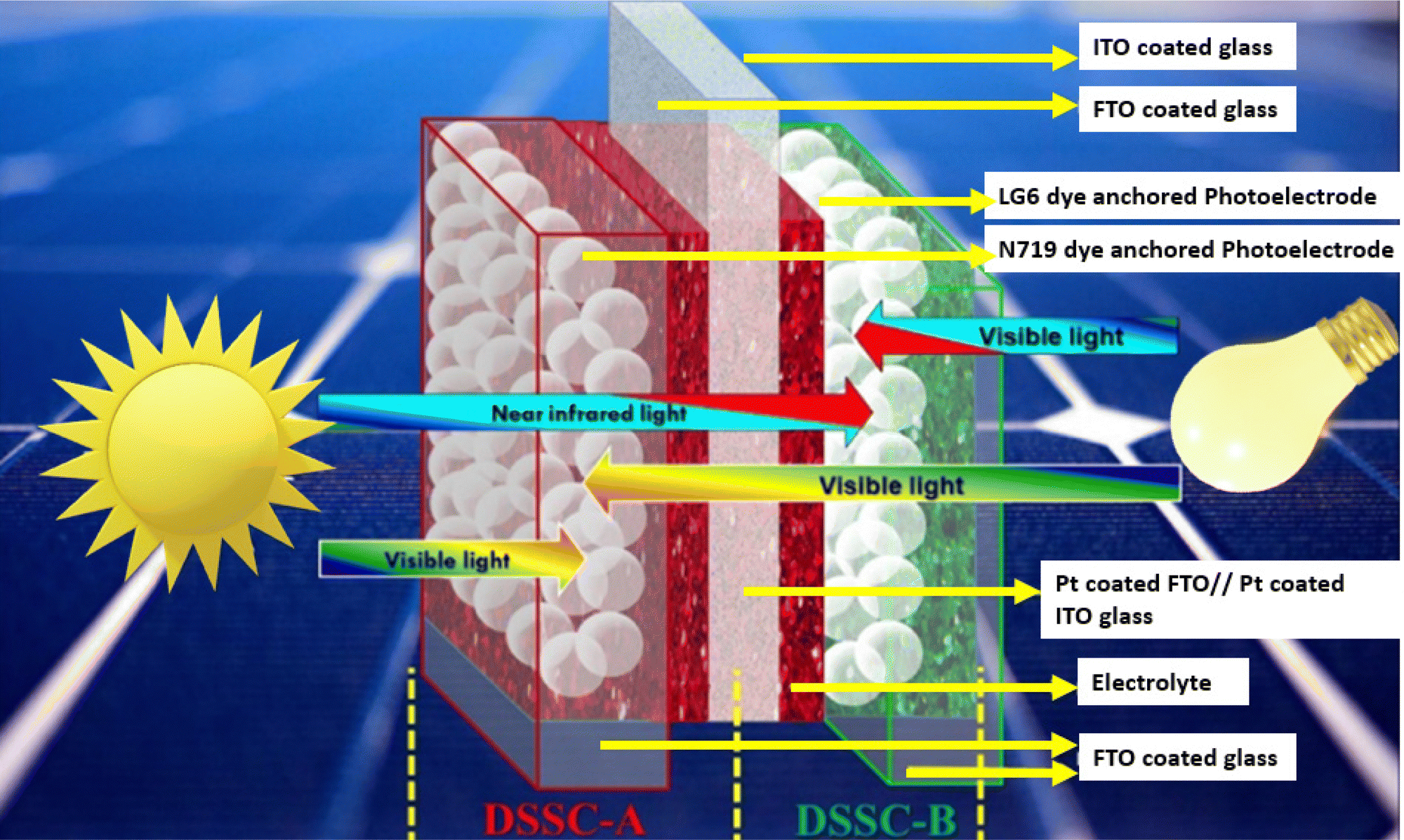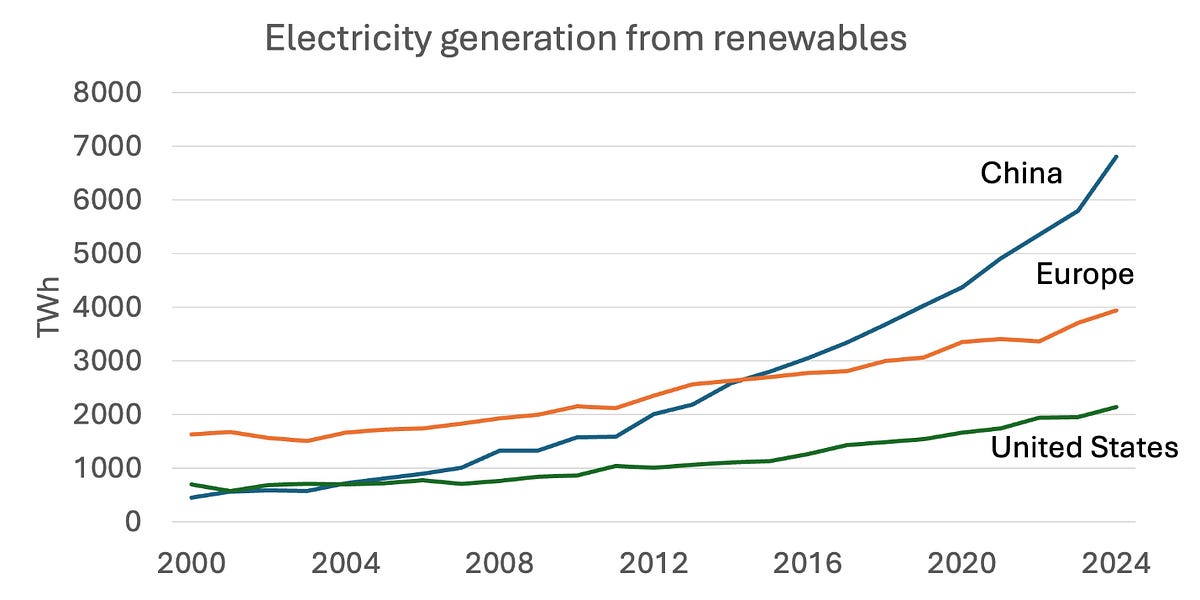Envision and FERA Collaborate to Deliver Large-Scale Hybrid RE Projects Across Australia – Energetica India Magazine

Strategic Partnership to Advance Sustainable Development Goals in Australia’s Energy Sector
Executive Summary
A strategic agreement has been established between Envision Energy and FERA Australia to develop and deliver large-scale hybrid renewable energy projects within Australia’s National Electricity Market (NEM). This collaboration is poised to significantly contribute to Australia’s sustainable development agenda by leveraging advanced technology to accelerate the nation’s transition to a zero-carbon energy system.
Contribution to Sustainable Development Goal 7: Affordable and Clean Energy
The partnership directly addresses SDG 7 by focusing on increasing the share of renewable energy in Australia’s energy mix. The initiative aims to:
- Develop projects with the potential to deliver up to 1 GW of clean wind generation capacity.
- Integrate 1.5 GWh of battery energy storage to ensure a reliable and flexible power supply.
- Expand modern and sustainable energy infrastructure, setting new benchmarks for clean power generation and accessibility.
Contribution to Sustainable Development Goal 9: Industry, Innovation, and Infrastructure
This collaboration promotes SDG 9 by deploying cutting-edge technology and fostering innovation within the energy infrastructure. Key technological advancements include:
- The deployment of Envision’s integrated technology platform, which combines advanced wind turbines and next-generation containerized battery systems.
- The utilization of grid-forming power conversion systems (PCS) to enhance grid stability.
- The implementation of a proprietary Hybrid Power Plant Controller (HPPC) to optimize the performance of hybrid assets.
A pilot project in Victoria will serve as a showcase for this innovative hybrid system, demonstrating its capacity to build resilient and sustainable infrastructure.
Contribution to Sustainable Development Goal 13: Climate Action
By accelerating the adoption of renewable energy, the agreement is a critical measure for climate action, in line with SDG 13. The project will:
- Directly support Australia’s transition to a zero-carbon energy system, mitigating greenhouse gas emissions.
- Enhance grid reliability and resilience, which is crucial for integrating higher levels of intermittent renewable sources.
- Demonstrate a scalable model for hybrid wind and storage solutions, encouraging wider adoption to combat climate change.
Contribution to Sustainable Development Goal 17: Partnerships for the Goals
The agreement exemplifies SDG 17, which emphasizes the importance of global partnerships for sustainable development. This initiative represents:
- A multi-stakeholder partnership combining Envision Energy’s global technological expertise with FERA Australia’s local development proficiency.
- A collaborative framework designed to achieve shared sustainable development objectives.
- A model for future public-private partnerships aimed at accelerating the global transition to sustainable energy.
Analysis of Sustainable Development Goals (SDGs) in the Article
1. Which SDGs are addressed or connected to the issues highlighted in the article?
-
SDG 7: Affordable and Clean Energy
The article’s central theme is the development of large-scale hybrid renewable energy projects, specifically wind generation and battery storage. This directly supports the goal of ensuring access to affordable, reliable, sustainable, and modern energy for all. The collaboration aims to deliver “up to 1 GW of wind generation capacity” and “1.5 GWh of battery energy storage,” which is a significant contribution to clean energy infrastructure.
-
SDG 9: Industry, Innovation, and Infrastructure
The project involves building resilient infrastructure and promoting sustainable industrialization. The article highlights the use of an “integrated technology platform, which combines advanced wind turbines, next-generation containerized battery systems, grid-forming power conversion systems (PCS), and the company’s proprietary Hybrid Power Plant Controller (HPPC).” This focus on “cutting-edge technology” and building new energy infrastructure aligns with SDG 9.
-
SDG 13: Climate Action
The initiative is explicitly framed as a measure to combat climate change. The article states that the projects are “crucial for supporting Australia’s transition to zero-carbon energy.” By developing renewable energy sources to replace fossil fuels in Australia’s National Electricity Market (NEM), the partnership takes direct action to mitigate climate change.
-
SDG 17: Partnerships for the Goals
The entire article is about an “agreement to collaborate” between two distinct entities, Envision Energy and FERA Australia. This partnership combines Envision’s “proven global track record” and technology with FERA’s “local development expertise” to achieve a common sustainable development objective. This exemplifies the multi-stakeholder partnerships required to achieve the SDGs.
2. What specific targets under those SDGs can be identified based on the article’s content?
-
SDG 7: Affordable and Clean Energy
- Target 7.2: By 2030, increase substantially the share of renewable energy in the global energy mix. The project’s goal to add “up to 1 GW of wind generation capacity” directly contributes to increasing the share of renewable energy in Australia’s energy mix.
- Target 7.a: By 2030, enhance international cooperation to facilitate access to clean energy research and technology… and promote investment in energy infrastructure and clean energy technology. The partnership between Envision Energy (a global technology provider) and FERA Australia to deliver “large-scale hybrid renewable energy projects” is a clear example of this cooperation and investment.
-
SDG 9: Industry, Innovation, and Infrastructure
- Target 9.1: Develop quality, reliable, sustainable and resilient infrastructure. The project aims to build “large-scale hybrid renewable energy projects” that “enhance grid reliability,” which is a direct contribution to developing sustainable and resilient energy infrastructure.
- Target 9.4: By 2030, upgrade infrastructure and retrofit industries to make them sustainable… with greater adoption of clean and environmentally sound technologies. The article emphasizes the use of “Envision’s cutting-edge technology,” including “advanced wind turbines” and “next-generation containerized battery systems,” to create a modern, clean energy system.
-
SDG 13: Climate Action
- Target 13.2: Integrate climate change measures into national policies, strategies and planning. The project supports “Australia’s transition to zero-carbon energy,” indicating that it is part of a broader national strategy to address climate change within its National Electricity Market (NEM).
-
SDG 17: Partnerships for the Goals
- Target 17.17: Encourage and promote effective public, public-private and civil society partnerships. The “agreement” between Envision Energy and FERA Australia is a private-private partnership designed to “accelerate Australia’s transition to a sustainable energy system.”
3. Are there any indicators mentioned or implied in the article that can be used to measure progress towards the identified targets?
-
For SDG 7:
Progress can be measured by the amount of renewable energy capacity installed. The article provides specific figures that serve as indicators:
- The potential delivery of “up to 1 GW of wind generation capacity.”
- The potential delivery of “1.5 GWh of battery energy storage.”
-
For SDG 9:
Progress can be measured by the development of new infrastructure and the deployment of advanced technology. Implied indicators include:
- The number of “large-scale hybrid renewable energy projects” delivered.
- The successful implementation of the “pilot project in Victoria.”
- The deployment of specific technologies mentioned: “full converter wind turbine, grid-forming battery storage, and advanced HPPC technology.”
-
For SDG 13:
Progress is indicated by the implementation of projects that support national climate goals. The primary indicator is:
- The successful execution of the projects, which contributes to “Australia’s transition to zero-carbon energy.”
-
For SDG 17:
The existence and functioning of the partnership is itself an indicator. Specific indicators are:
- The formal “agreement” signed between Envision Energy and FERA Australia.
- The joint delivery of the pilot project and subsequent large-scale projects.
4. Summary Table of SDGs, Targets, and Indicators
| SDGs | Targets | Indicators Identified in the Article |
|---|---|---|
| SDG 7: Affordable and Clean Energy | 7.2: Increase substantially the share of renewable energy.
7.a: Enhance international cooperation and investment in clean energy infrastructure. |
– Potential delivery of up to 1 GW of wind generation capacity. – Potential delivery of 1.5 GWh of battery energy storage. – Partnership between a global technology firm and a local developer to build energy projects. |
| SDG 9: Industry, Innovation, and Infrastructure | 9.1: Develop quality, reliable, sustainable and resilient infrastructure.
9.4: Upgrade infrastructure with clean and environmentally sound technologies. |
– Delivery of large-scale hybrid renewable energy projects. – Implementation of a pilot project in Victoria. – Deployment of advanced wind turbines, battery systems, and Hybrid Power Plant Controller (HPPC) technology. |
| SDG 13: Climate Action | 13.2: Integrate climate change measures into national policies, strategies and planning. | – Implementation of projects supporting Australia’s transition to zero-carbon energy within its National Electricity Market. |
| SDG 17: Partnerships for the Goals | 17.17: Encourage and promote effective public-private and civil society partnerships. | – The formal “agreement to collaborate” between Envision Energy and FERA Australia. – The joint delivery of renewable energy projects combining global expertise and local knowledge. |
Source: energetica-india.net

What is Your Reaction?
 Like
0
Like
0
 Dislike
0
Dislike
0
 Love
0
Love
0
 Funny
0
Funny
0
 Angry
0
Angry
0
 Sad
0
Sad
0
 Wow
0
Wow
0
